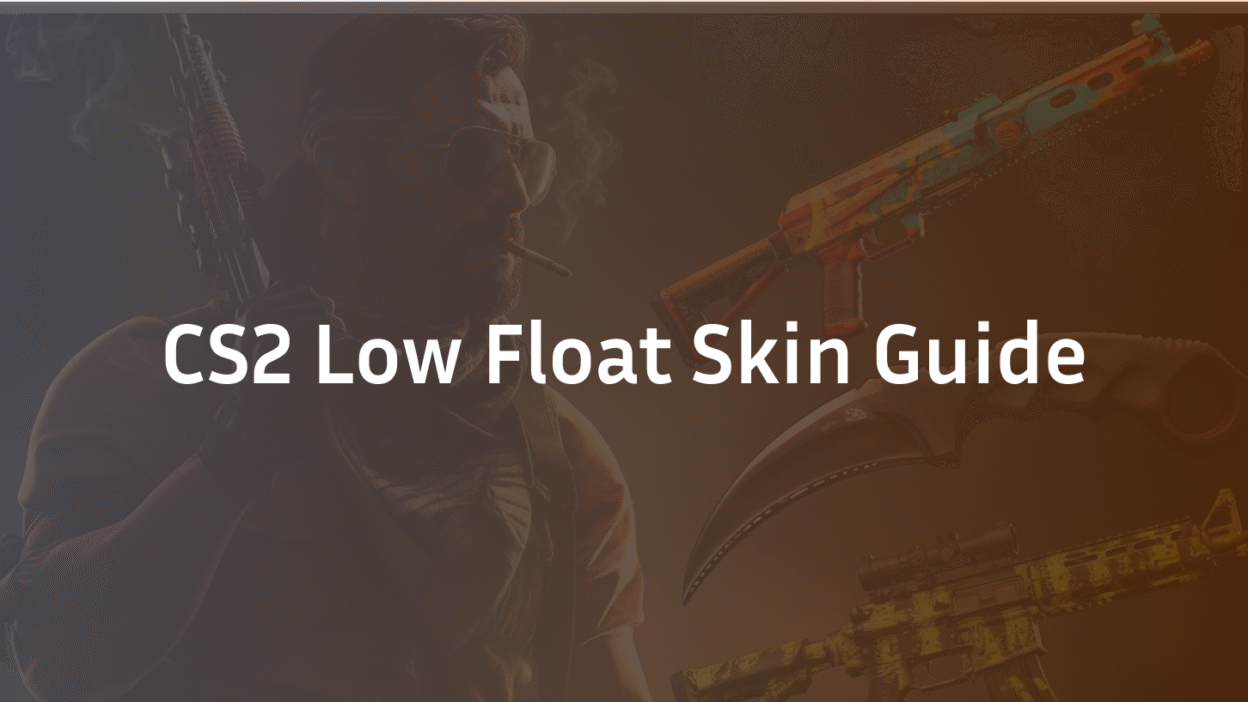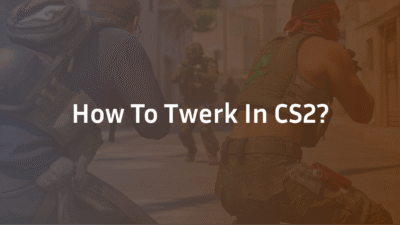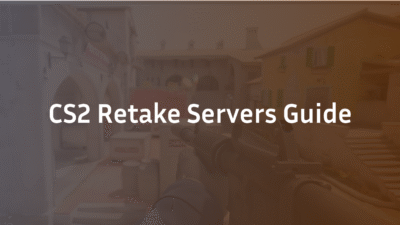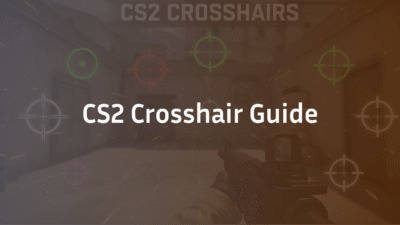What is a Skin Float Value? The CS2 Wear System Explained
Every Counter-Strike 2 weapon skin has a hidden statistic that determines its condition, from pristine to heavily battle-scarred. This statistic is called the skin float value.
Think of it as a digital DNA sequence for wear and tear. It’s a number between 0.00 and 1.00, generated randomly when the skin is unboxed or dropped, and it is permanently locked to that item.
- A float value close to 0.00 means the skin is in Factory New condition, showing minimal to no scratches.
- A float value approaching 1.00 means the skin is heavily Battle-Scarred, with significant paint loss and damage.
This CS2 float value is the single most important factor in your skin’s visual appearance and, consequently, its market value. Understanding it is the first step to understanding why some skins are worth thousands while others are virtually worthless.
The Five Skin Wear Tiers and Their Float Ranges
CS2 categorizes skins into five distinct wear tiers. Each tier has a specific float value range that places a skin within it. Here’s a breakdown of the skin wear levels in CS2:
| Wear Tier | Float Value Range | Description |
|---|---|---|
| Factory New (FN) | 0.00 – 0.06 | Pristine condition with barely visible scratches. |
| Minimal Wear (MW) | 0.07 – 0.14 | Light wear, with visible scratches only upon close inspection. |
| Field-Tested (FT) | 0.15 – 0.37 | Clearly visible wear, but the design remains largely intact. |
| Well-Worn (WW) | 0.38 – 0.44 | Significant wear and discoloration across large areas. |
| Battle-Scarred (BS) | 0.45 – 1.00 | Heavy paint loss and damage, often obscuring the original design. |
It’s crucial to note that the value within a tier matters. A skin with a Factory New float range of 0.01 is considerably more valuable than one at 0.06, even though both are classified as “Factory New.” This is the foundation of chasing the lowest float CSGO skin possible for any given model.
Float Value vs Paint Seed: What’s the Real Difference?
Many players confuse float value with another technical attribute: the paint seed. While both are randomly generated numbers tied to a skin, they control entirely different things.
- Float Value: Determines the amount and severity of wear (scratches, paint loss).
- Paint Seed: Determines the pattern and placement of the skin’s design on the weapon model.
For example, on a marbleized skin like a Karambit Doppler, the float value controls how scratched the blade is. The paint seed, however, controls the unique arrangement of the black, blue, and silver marble patterns. You can have two skins with the same low float value but completely different visual appeal due to their paint seeds. For a deeper dive into all the technical attributes that affect your skins, our CS2 Float Value Explained guide covers everything in detail.
Now that you understand what a float value is and how it’s measured, let’s explore why this seemingly minor number can create such a massive frenzy in the CS2 community and economy.
Why Low Float Skins Are a Collector’s Dream
The pursuit of the lowest float CSGO skin isn’t just about aesthetics—it’s a deep-seated drive for digital perfection that fuels one of the most passionate segments of the CS2 community. For collectors, a low float value represents the pinnacle of rarity, prestige, and investment potential.
While any Factory New skin looks good, only the ones with exceptionally low floats enter the realm of legendary status. This creates a market where the difference between a 0.01 and a 0.001 float can be thousands of dollars, separating merely rare items from truly unique digital artifacts.
How Float Value Drives Skin Price and Rarity
The relationship between float value and skin price is not linear; it’s exponential. A skin’s value can double, triple, or even increase tenfold as its float approaches zero within the same wear tier. This happens for two key reasons:
- Visual Perfection: On many skins, especially those with dark finishes or polished metals, even the slightest wear is noticeable. A lowest float example will be completely scratch-free, showcasing the artist’s intended design in its purest form.
- Extreme Rarity: The CS2 system for generating float values means that numbers at the very bottom of the range are exponentially rarer. While many skins can be a 0.06 Factory New, finding one that is 0.000X is a statistical anomaly.
This combination of perfect visuals and extreme scarcity creates a powerful demand among collectors and investors who are willing to pay a massive premium for the best examples.
The “Number 1 Float” Phenomenon and Its Cultural Impact
Beyond just having a low float, the ultimate achievement is owning the “Number 1 Float.” This refers to the single skin with the absolute lowest float value for that specific weapon and paint combination in the world. These items are the crown jewels of CS2.
The cultural impact of this is significant:
- Prestige and Bragging Rights: Owning a #1 ranked skin grants immense status within the community. It’s a verifiable trophy that signifies owning the best of the best.
- Historical Records: Skins like the record-breaking Mac-10 Bronze become part of CS2 folklore. Their unboxing stories are shared and remembered, cementing their place in the game’s history.
- Investment Stability: A confirmed #1 float skin is a uniquely stable asset. As long as the skin exists, its status cannot be dethroned, making it a “blue-chip” investment in the volatile skin market.
This phenomenon explains why certain skins make headlines. It’s not just about the skin itself, but about achieving a verifiable, number-one ranking in a global game. Verifying these claims is crucial, which is why knowing how to check float in CS2 using trusted databases is a non-negotiable skill for any serious collector.
Now that you understand the immense value and prestige behind these digital gems, let’s look at the practical steps for verifying a skin’s condition yourself.
How to Check Your Skin’s Float Value in CS2
Knowing how to verify a skin’s float is as crucial as understanding what it means. Whether you’re inspecting a potential purchase or checking your own inventory, CS2 provides built-in methods and our platform offers powerful tools to give you the exact data you need.
Thankfully, Valve has made it easier than ever to see this critical statistic, putting powerful information directly in players’ hands.
Using In-Game Inspection
The most immediate way to check your skin’s float value is directly within CS2. Follow these simple steps:
- Open your CS2 inventory.
- Click on the weapon skin you want to inspect.
- In the item details window, click the “Inspect” button.
- Once in the inspection view, look for the “Wear” rating in the bottom-right corner of the screen.
The game will display the wear tier (e.g., “Factory New”) and the exact float value right there on the screen. This method is perfect for a quick check of your own items. However, it doesn’t show you how your skin ranks against all others, which is where our platform becomes essential.
Using CS2.ad for Detailed Verification and Trading
For serious collectors and traders, in-game inspection is just the first step. To truly understand a skin’s place in the market and its potential value, visit CS2.ad for comprehensive skin analysis and trading capabilities.
Here’s how to use our platform effectively:
- Get Your Inspect Link: Right-click on the skin in your Steam inventory and select “Copy Inspect Link.”
- Verify on CS2.ad: Paste your inspect link into our platform to see the exact float value and its global ranking across all registered copies of that skin.
- Analyze Market Position: Our tools show you where your skin stands, confirming if it’s a “Top 10” or even a “#1 Float” specimen.
- Check Current Market Value: See real-time pricing data for similar float ranges to understand your skin’s true market worth.
Using CS2.ad is the definitive method for verifying a skin’s rarity and making informed trading decisions. For more advanced skin inspection techniques, our guide on CS2 Inspect Links covers how to generate and use them like a pro.
Now that you’re equipped to identify a low-float gem, let’s look at some of the most famous examples that have made history in the CS2 community.
The Most Famous Lowest Float Skins in CS2 History
While any low float skin is desirable, some have achieved legendary status in the CS2 community. These aren’t just rare items—they’re digital artifacts with fascinating stories and record-breaking statistics that capture the imagination of collectors worldwide.
The pursuit of these ultra-rare skins creates memorable moments in CS2 history, where a single unboxing can create an instant heirloom worth more than most people’s entire inventories combined.
The Record-Breaking Mac-10 Bronze
The Mac-10 Bronze currently holds one of the most celebrated records in CS2 float history. A specific Mac-10 | Bronze was unboxed with a float value of approximately 0.00000000000000000, making it statistically the lowest float CS2 skin ever recorded.
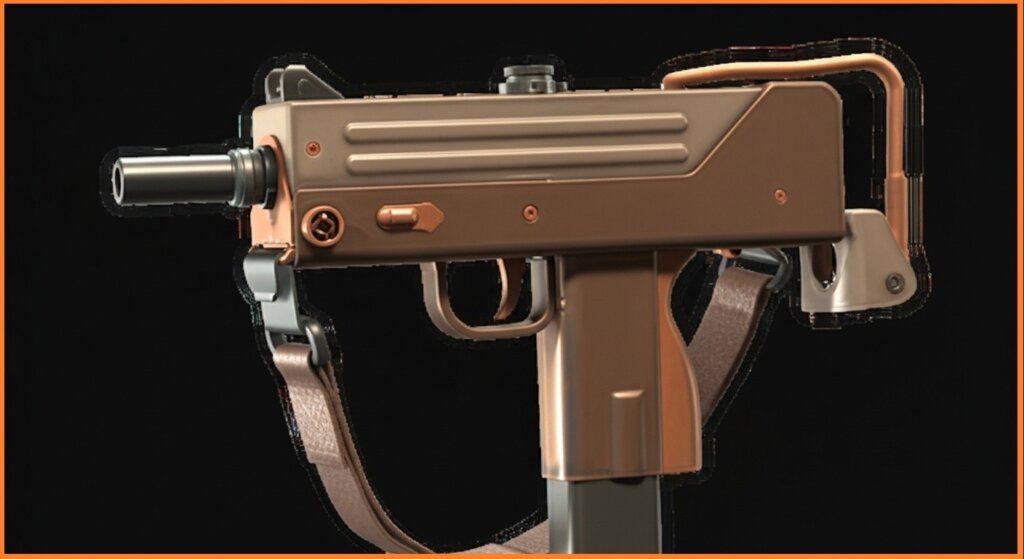
Why this skin became legendary:
- Perfect Storm: The Mac-10 Bronze has a relatively high maximum float, making the minimum float exceptionally rare.
- Visual Impact: At such an extreme low float, the metal appears perfectly pristine with zero wear.
- Community Buzz: Its unboxing created immediate excitement across trading forums and social media, cementing its place in CS2 lore.
This skin demonstrates that even less expensive weapon types can achieve legendary status when they push the boundaries of what’s possible with the float system.
Other Notable #1 Ranked Skins
Beyond the Mac-10 Bronze, several other skins have gained fame for their record-breaking float values:
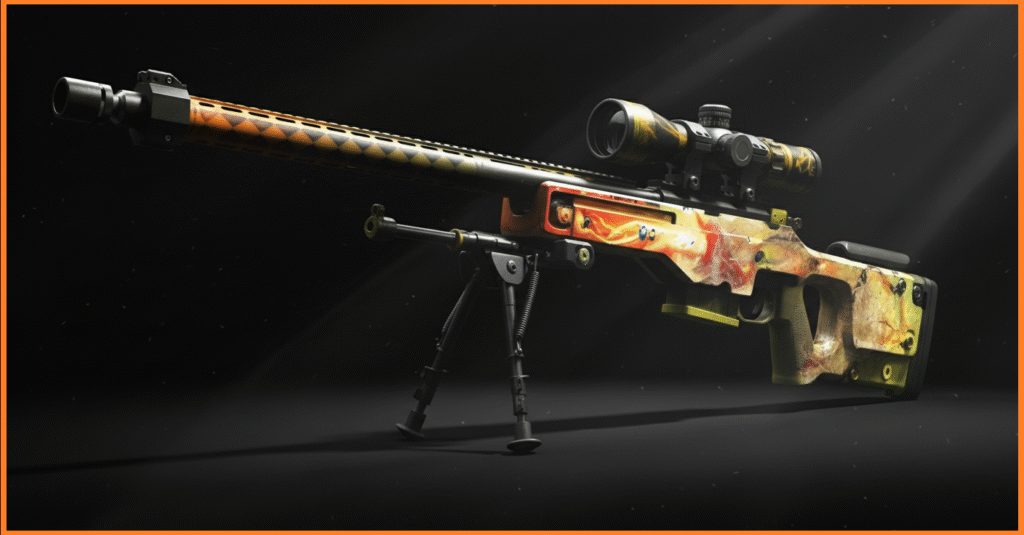
- AWP | Dragon Lore: Any #1 float Dragon Lore represents the holy grail for many collectors, combining one of the most desirable skins with perfect wear.
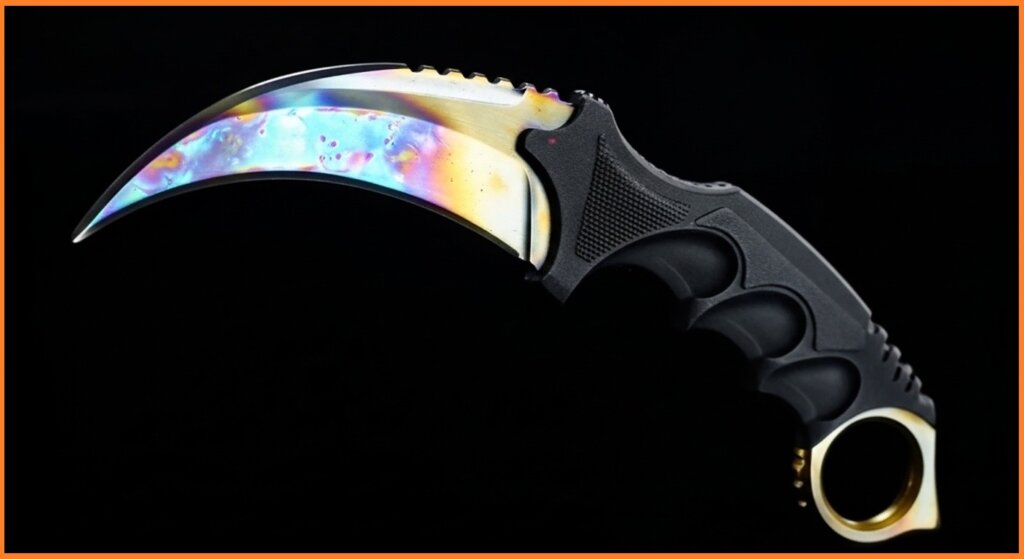
- Karambit | Case Hardened: The combination of a #1 float and a rare blue gem pattern creates what many consider the ultimate collector’s item.
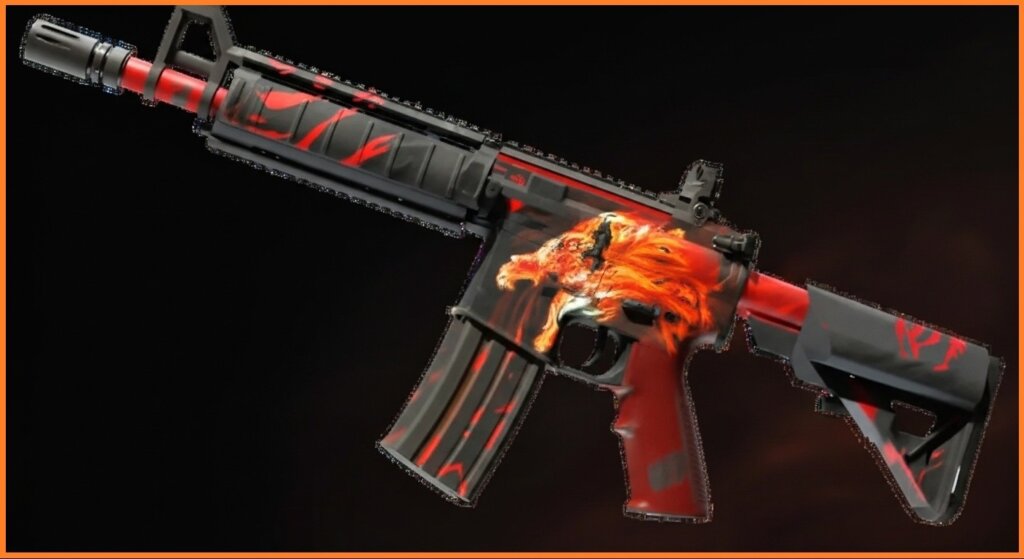
- M4A4 | Howl: As a contraband item with limited supply, a #1 float Howl represents both rarity and historical significance.
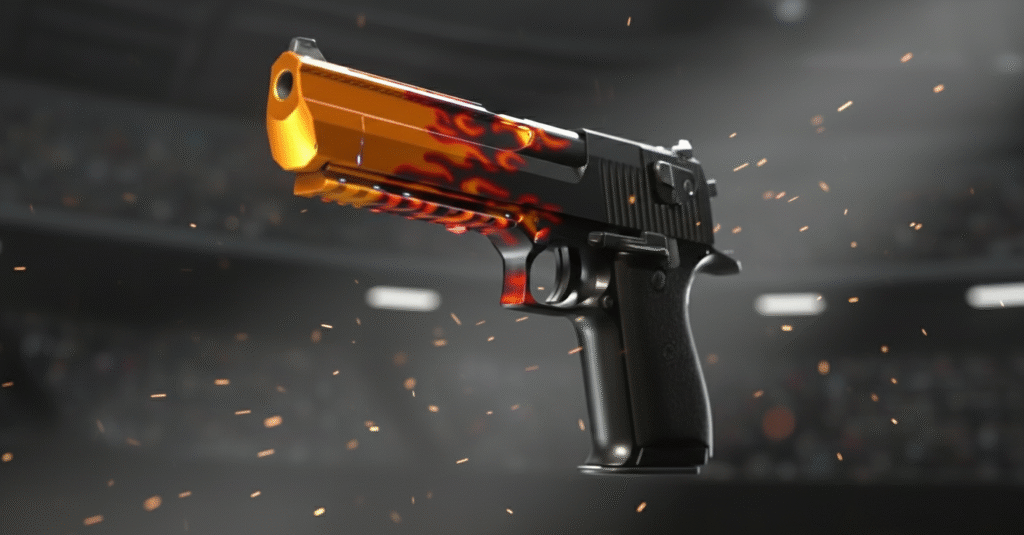
- Desert Eagle | Blaze: This skin shows dramatic visual differences at low floats, making #1 specimens exceptionally valuable.
These skins represent the pinnacle of CS2 collecting, where extreme rarity meets high demand. To understand the full context of skin rarity and condition, our guide on CS2 Float Value Explained provides deeper insights into what makes these items so special.
Seeing these incredible skins might make you wonder: how can you possibly obtain one? The path to acquiring these digital treasures involves either incredible luck or strategic trading—let’s explore both approaches.
How to Get a Low Float Skin: Unboxing vs. Trading
The quest for a pristine, low-float skin leads down two primary paths: the high-risk, high-reward thrill of unboxing, or the strategic, knowledge-based approach of trading. Both methods have their merits and pitfalls, and understanding the dynamics of each is crucial for anyone serious about building a collection of high-tier skins.
Your choice between these paths often comes down to a simple question: are you feeling lucky, or are you feeling strategic?
The Incredible Odds of Unboxing a Record Float
Unboxing a case is the lottery of CS2. The chance of getting any specific skin, in the exact wear tier you want, with a record-breaking low float, is astronomically low. Here’s why:
- Layered Rarity: First, you must hit the specific skin you want from the case (often a <1% chance). Then, it must land in the Factory New wear tier (typically a 10% chance of the already-rare skin). Finally, it must roll a float value in the extreme bottom percentile (a fraction of a percent chance).
- Pure Randomness: The float value is generated by a random number algorithm when the case is opened. There is no way to influence it. This means that unboxing a #1 float skin is a matter of pure, unfiltered luck.
- The Cost: Given the odds, the average cost to unbox a specific low-float skin can run into thousands of dollars with no guarantee of success. It’s a pursuit for those with disposable income and a high tolerance for risk.
While the dream of unboxing a legendary skin drives case sales, the reality is that for most players, this is not a reliable or financially sensible method.
A Smart Trader’s Guide to the Low-Float Market
Trading is the method of choice for most serious collectors. It replaces luck with knowledge, patience, and strategy. Here’s how to approach it:
- Education is Power: Use your knowledge of skin wear levels and float value ranges to identify undervalued gems. A skin with a 0.15 float might be priced as Minimal Wear, but it’s at the very top of the range and less desirable.
- Leverage Trading Platforms: Platforms like CS2.ad are essential. You can filter searches by exact float range, find sellers, and make informed offers based on real-time market data.
- Understand Value Tiers: Not every low float needs to be #1. A skin in the top 5% of float values for its type can be an excellent “play skin” that holds its value well without the premium of a record-breaker.
- Patience and Negotiation: The best deals often come to those who wait. Monitor the market, make reasonable offers, and be ready to negotiate.
Trading allows you to directly acquire the exact skin you want, with the exact float you desire, for a known price. It’s a controlled, strategic process. To get the most out of your trades, understanding the broader market through a CS2 Weapon Tier List can help you spot valuable and desirable skins.
Once you’ve acquired a prized low-float skin, how do you ensure you’re making the most of your investment? Let’s move beyond the basics to some advanced strategies for collectors and investors.
Advanced Tips for Low-Float Collectors and Investors
Moving beyond basic acquisition, mastering the nuances of low-float collecting requires a more sophisticated approach. These advanced strategies separate casual collectors from serious investors, helping you maximize both the enjoyment and potential return on your CS2 skin investments.
Understanding when to pursue perfection and when to be practical can make the difference between a smart purchase and an overpriced trophy.
Is a Lower Float Always Better? Understanding Value Tiers
While the lowest float CSGO skin commands the highest premium, there are strategic points where value and condition intersect optimally. Here’s a breakdown of value tiers:
- The “Perfect” Tier (Top 5): These are the record-breakers and top-ranked floats. They command massive premiums (200-1000%+ over market) and are primarily for prestige collectors.
- The “Elite” Tier (Top 1%): Flaws are virtually invisible to the naked eye. These offer 95% of the visual perfection of #1 floats at 50% or less of the price. This is the sweet spot for serious players who want premium quality without the extreme collector tax.
- The “Smart Buy” Tier (Top 10%): For many skins, a float in the top 10% of its wear tier looks excellent in-game while carrying only a modest premium over average market price. This represents the best value for most enthusiasts.
The key insight: there’s often a massive price jump between the #1 float and the #5 float, but minimal visual difference. Chasing the absolute lowest float is for prestige; chasing a very low float is for smart collecting.
Future-Proofing: How CS2’s Graphics Changed the Float Meta
The transition to Source 2 engine in CS2 significantly altered how wear appears on many skins. This created both risks and opportunities for collectors:
- Changed Visuals: Some skins that looked heavily worn in CS:GO now appear cleaner in CS2, while others show wear more prominently. Research how your target skins render in CS2 specifically.
- New Desirability: Skins with complex materials (metals, pearlescents) often benefit most from low floats in CS2’s enhanced lighting. The visual payoff for a pristine example is now greater.
- Market Shifts: The community is still adjusting to these changes. Some previously undervalued low-float skins are gaining popularity as their visual appeal increases in the new engine.
Staying informed about these graphical nuances helps you identify potentially undervalued assets before the broader market catches on.
Preserving Your Pristine Skins: Storage and Care Tips
Once you’ve acquired valuable low-float skins, proper preservation is crucial:
- Minimize In-Game Use: The float value doesn’t degrade with use, but why risk accidental damage to your investment in gameplay?
- Secure Storage: Consider using a dedicated storage account or ensuring your main account has maximum security (Steam Guard, unique password).
- Insurance Through Documentation: Take screenshots and save inspect links of your valuable skins. This creates a paper trail and helps with recovery in rare cases of account issues.
For maintaining optimal account security, which is essential when storing valuable skins, our guide on What Is Steam Guard? provides comprehensive protection strategies.
As we’ve covered the entire spectrum from basics to advanced strategies, let’s address the most common questions collectors have about low-float skins in our comprehensive FAQ.
Frequently Asked Questions (FAQ)
What is the lowest possible float in CS2? The theoretical lowest possible float value in CS2 is 0.00000000000000000, though the game typically displays fewer decimal places. In practice, any value extremely close to zero (like 0.00001) is considered among the lowest float CSGO skin examples possible.
What does “float” mean in CS:GO/CS2? Float is a hidden numerical value between 0.00 and 1.00 that determines a skin’s wear and tear. It’s permanently assigned when the skin is unboxed or dropped and cannot be changed.
How does float value affect skin price? Float value has a dramatic impact on price. As the float approaches 0.00, the price increases exponentially due to both improved visual appearance and extreme rarity. A #1 float skin can be worth 10x or more than an average Factory New version of the same skin.
What is a “Number 1 Float”? A “Number 1 Float” refers to the single skin with the absolute lowest float value for that specific weapon and paint combination in the world. These are the most coveted items among serious collectors.
What is the difference between Factory New and a low float? Factory New is a wear tier (float 0.00-0.07). A low float specifically refers to a value at the very bottom of any wear tier. A skin can be Factory New with a 0.06 float, but a 0.01 float Factory New skin is much more valuable.
How can I check my skin’s float value? You can check your skin’s float value in two ways: through the in-game inspection screen (wear rating is shown in bottom-right corner) or by using your inspect link on specialized platforms like CS2.ad for detailed analysis and ranking.
Can you change a skin’s float value? No, a skin’s float value is permanently locked when it’s created and cannot be altered through any legitimate means. It remains the same forever, regardless of how much you use the skin in-game.
Does a lower float always look better? In most cases, yes – especially on skins with dark finishes, polished metals, or complex patterns where scratches are more noticeable. However, some collectors actually prefer higher floats on certain skins for a “battle-worn” aesthetic, though this is less common.
What is the lowest float skin ever unboxed? The current record holder is widely believed to be a Mac-10 | Bronze with a float value of approximately 0.00000000000000000, making it the statistical lowest float CS2 skin ever documented.
Is it better to unbox or trade for a low float skin? For most collectors, trading is far more reliable. Unboxing low float skins relies entirely on luck with astronomical odds, while trading lets you acquire exactly what you want for a known price. Trading represents a strategic approach versus unboxing’s gambling nature.
What is the best float value for a skin? The “best” float depends on your budget and goals. For maximum prestige, aim for #1 ranked floats. For the best value, target skins in the top 1-5% of their wear tier – they offer near-perfect visuals at a fraction of the cost of record-breaking examples.
How does paint seed relate to float value? Paint seed and float value are separate attributes. Float determines wear amount, while paint seed controls pattern placement. They’re both generated randomly when a skin is created but affect different visual aspects.
Why do collectors care so much about float? Collectors value low floats because they represent digital perfection, extreme rarity, and status within the community. A verified low float, especially a #1 rank, is both a trophy and a stable investment in CS2’s virtual economy.
Are low float skins a good investment? High-tier low float skins have historically maintained value well, especially #1 floats and top-ranked examples of desirable skins. However, like any market, values can fluctuate. They’re best treated as collectibles you enjoy, with potential value preservation as a secondary benefit.
